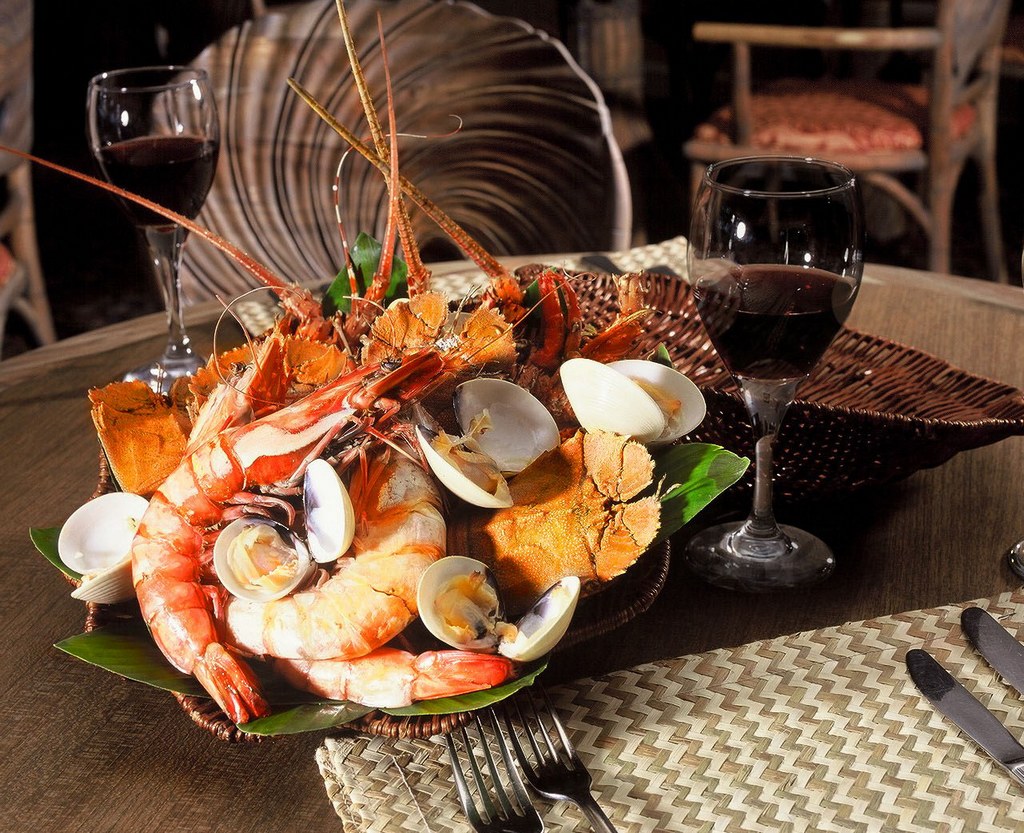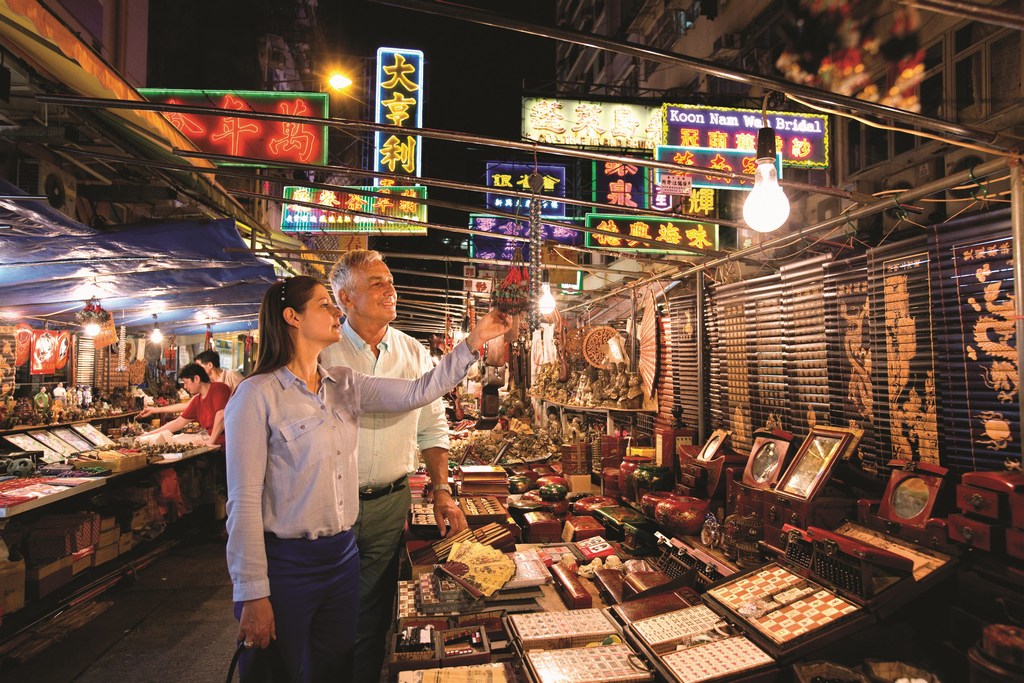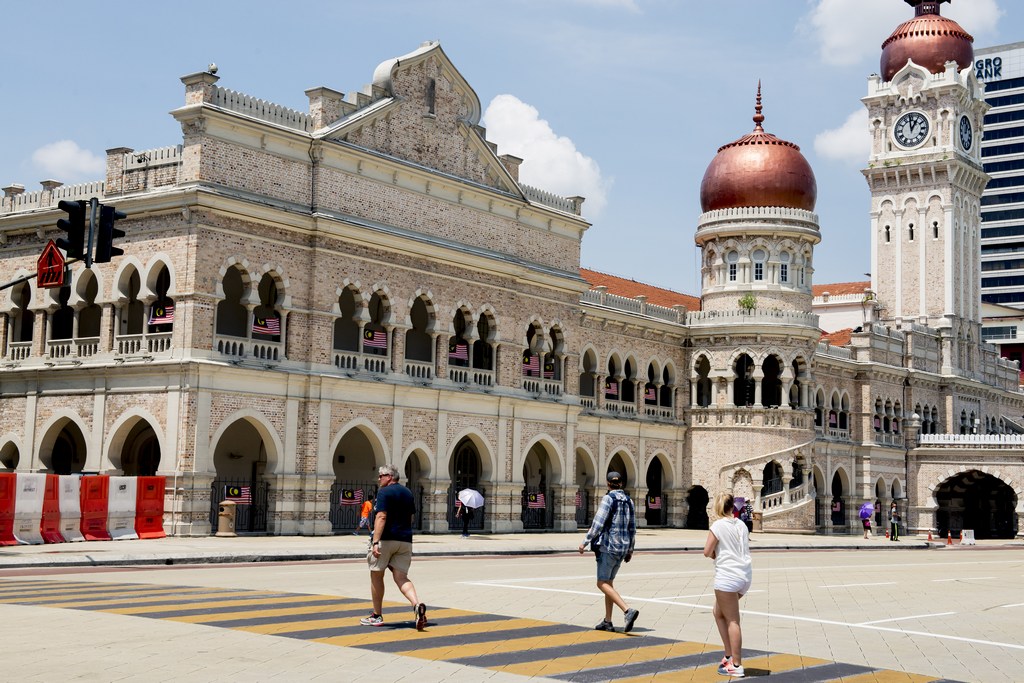4 business etiquettes in asia you should know
Consider your most recent work trip. What were you doing? What was your experience like? How much hours did you put in at work? And, probably most significantly, how much time did you devote to activities other than work?
I’m guessing you made some additional “me” time to explore.
Unsurprisingly, many business travelers take advantage of the opportunity to add a few more vacation days to their itinerary. Why not add a few more days to make the journey worthwhile, depending on how fascinating (or exotic) the destination is?
Asia, in my opinion, is the best destination to maximize the value of a business trip. While there is plenty of work to be done in commercial centers such as Singapore, Hong Kong, Kuala Lumpur, and Bangkok, I am never shocked to see travelers out and about who have just returned from a business trip in the same city.
But what makes Asia the trendiest destination to spend a few extra days at the conclusion of a business trip? These are just a handful of my personal favorites.
Cultural/Culinary/Visual Diversity
There is a significant gap between street-level and business-level in several of Asia’s largest cities. When you step out of a three- or four-star hotel in Asia and into the urban bustle of the road, it’s like going from coach to first class. But, unlike coach seats on an airline, Asia’s street-side is jam-packed with unforgettable encounters.
One of the most exciting aspects of having a few additional days off from a business trip in Asia is experiencing the kaleidoscope of culture. You’re almost certain to miss it during meetings and conferences in hotels and office buildings, but a few extra days means you’ll leave a city like Bangkok or Kuala Lumpur feeling as though you experienced it for real.
Bang for your Buck
You don’t always get to select where you travel on business trips, and it’s not always practical to add a few additional days (even though you wish it were). Asia is an excellent location for a business vacation because extending by a few days is highly cost effective. A typical street food lunch in Hanoi, for example, costs around $2 USD, and the same in Kuala Lumpur. Even in Singapore (one of the most expensive places in Asia), a meal will not cost you more than $5 or $6.
When you combine that with quick and simple public transit (which is a fantastic cultural experience in in of itself), spending a few days wandering around Asia’s largest cities is likely to cost less than a normal weekend in your area.
Proximity of Attractions
Unlike many Western cities (which are large and spread out), Asia’s largest cities have managed to develop while remaining quite walkable. Cities such as Kuala Lumpur, Bangkok, and Hong Kong have developed inward rather than outward, so drawing the links between attractions shouldn’t take long. They are also excellent walking tour sites, like
Because they may only have a few days to spare after a business trip, this is an excellent feature of Asia’s cities. Those same visitors would be advised to make the most of their time by participating in guided excursions such as walking and street food tours, which are excellent ways to gain a sense of a city and what it has to offer. Start a weekend in Hanoi with a street food tour, and you’ll have a list of delicious things to sample for the remainder of your stay!
Staying Power
Let’s face it: Asia is a physical cacophony so unlike locations in the West that you’ll be hard-pressed to become bored no matter how many times you visit. Because most business travelers return to the same places over and again, Asia never gets bored. Those traveling to Hong Kong, for example, may spend one business trip on Hong Kong Island and the next in the New Territories or the Kowloon region.
The point is, Asia’s biggest cities have staying power as a travel destination. You couldn’t dream to get a full sense of the city in just a short stay, and finding something new to experience on your second, third and fourth trip is easy.



















